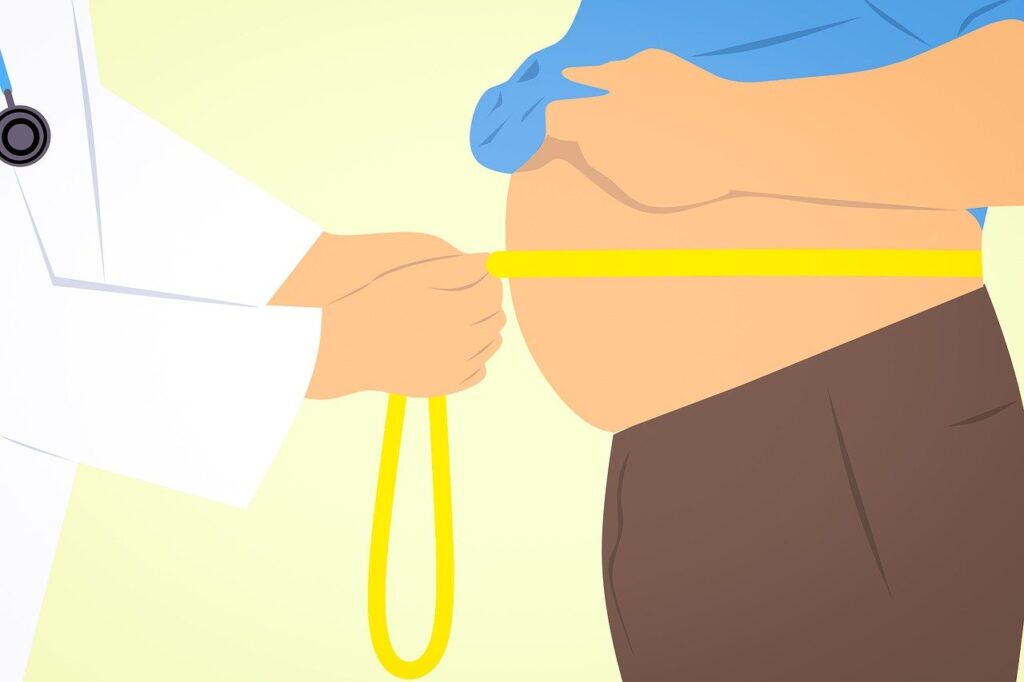Accumulated Belly fat and their related implications

What Causes Accumulated Belly Fat?
You seem to be eating too much and giving less attention to exercise to burn the fats. The possibility of gaining weight including accumulated belly fat is high. Lack of good sleep can also cause weight gain which might potentially affect the belly.
A flat abdomen has always been the icon of fitness, good health, and attractiveness. Every day, there are new diets, workouts, and exercise equipment products geared toward losing belly fat and achieving flat, sexy abs.
But losing accumulated belly fat isn’t just about looking good; it’s about being healthy. We now know that excess belly fat is a huge indicator of overall health, especially the risks of heart disease, diabetes, and stroke.
Losing stored belly fat not only makes you look great and feel better about yourself, but it also lowers your risk for several diseases and conditions that can greatly affect and even shorten your life.
Read: The Daily Decisions and Choices you Make Have Physical Implications on your Health
For decades, getting a flat tummy was seen as impossible but that’s not the case. However, it requires less effort, taking a good diet, enough exercise, and good rest.
Most people attack that stubborn area with thousands of crunches and one new diet after another and then become frustrated when there are no new results.
In the last 15 years, we have had so much new research into how and why our bodies both store and use belly fat. Studies done by respected doctors, nutritionists, and scientists have revealed that losing stubborn belly fat isn’t necessarily about calories, fat grams, or crunches.
In fact, they have pretty much thrown out all of the things we used to believe about losing belly fat and getting a flat, toned stomach. Fortunately, that research has also proven that losing belly fat can actually be much faster, easier, and more pleasant than anything we used to believe.
It doesn’t require starvation, hours in the gym, or any fancy gadgets or equipment. I would like to show you all of the research results to help you develop an easy-to-follow plan to help you finally lose that excess fat around your waistline.
Best of all, you can do it without being hungry, without spending hours working out, or without spending a ton of money on supplements, gym memberships, or equipment.
You’ll eat as much as you want whenever you are hungry, work out as little as twenty minutes per day, and feel energized and satisfied. By following this teaching, you’ll get dramatic results faster than you ever thought possible and you’ll do it without being miserable or sacrificing your health.
The science behind losing belly fat will be shown to you, as well as a food and shopping guide, recipes, meal plans, and a workout program that you’ll customize just for you. All you’ll need is a commitment to change your body and your health for the better!
Measure Your Risk: A waist measurement of more than half your height in inches indicates a serious risk of heart disease, stroke, and diabetes.
Read: Thoughts Results in Building Memories Whether Good or Bad
To measure your waist properly, use a measuring tape to measure the circumference of your waist at the belly button. A woman who is 5’4″ (64 inches) and has a waist measurement of 32 inches or more is at serious risk of developing these health problems.
During a television appearance, renowned cardiologist and author Dr. Mehmet Oz caused quite a stir by announcing that your waist measurement is the most important indicator of overall health.
During the show, he explained that if your waist measurement is more than half your height (in inches), you are at serious risk for heart disease, stroke, and type 2 diabetes.

This announcement had many people looking at their measuring tapes not just as a way to measure their fitness, but as a way to measure their future. Why is excess belly fat so important and what does it have to do with all of these health risks?
Several studies on the connection between obesity (particularly excess belly fat) and high levels of liver fat have shown that there is a much higher rate of fatty liver in those with excess belly fat.
Fatty liver is a leading indicator of several lipid and metabolic disorders and even liver cancer. In these studies, researchers investigated what makes some obese people develop lipid disorders.
Read: Thought Leads to Hormonal and Chemical Reactions in the Body
They found that liver fat is strongly associated with increased secretion of very low-density lipoproteins (VLDL). It contains the highest amount of triglycerides. High levels of triglycerides carry an increased risk of metabolic abnormalities and increased risk of heart disease and premature death.
Decreasing excess belly fat and blood cholesterol is the recommended treatment for reducing and even reversing fatty liver. When we eat, our food, especially carbohydrates, is broken down into glucose so that it can be used to power every cell in our bodies. However, to be used as energy rather than stored as fat, glucose requires the help of insulin.
Insulin is a hormone secreted by the pancreas. Its job is to serve as a key that unlocks your body’s cells so that glucose can enter and be used by the cells as energy. Fat cells, particularly abdominal fat cells, lessen the sensitivity to insulin, making it harder for glucose to pass through cell walls.
Because glucose can’t enter the cells, it remains in the bloodstream (high blood sugar). The pancreas responds by producing and releasing more insulin. This cycle repeats itself and grows worse over time. This is what leads to metabolic syndrome and type 2 diabetes.
THERAPEUTIC ONLINE SERVICES.
If you are interested to join our community of people who are dedicated to improving their health (no matter what level it is) in a holistic way, kindly send a message in the comment section below.

